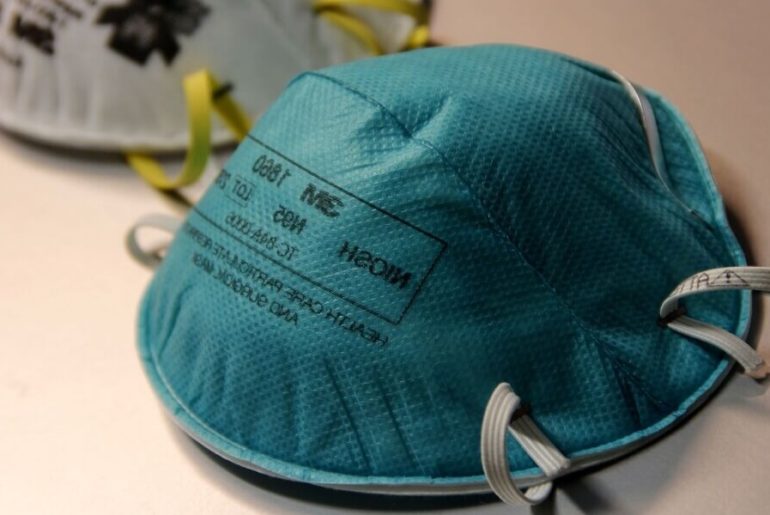Ever since the coronavirus hit the U.S., there has been talk about a possible second wave. Back in April, Dr. Anthony Fauci, White House Advisor and Director of the National Institute of Allergy and Infectious Diseases, warned that if precautions weren’t taken, we might see that second wave later this year.
“We will have coronavirus in the fall,” Fauci told CNBC. “I am convinced of that.”
Given the recent rise in coronavirus cases in the country, many believe that we might be approaching the second wave. However, experts have made clear that despite the elevated number of cases in the U.S., we are not in the middle of a second wave.
“We really never quite finished the first wave,” Dr. Ashish Jha, a professor of global health at Harvard University, told NPR. “And it doesn’t look like we are going to anytime soon.”
What a Second Wave Would Look Like
Because there is still not enough information on the virus, it is hard to estimate what a second wave in the U.S. might look like. However, scientists and doctors have expressed concern over it, as previous pandemics have proven to be deadly on their second wave.
“There’s a possibility that the assault of the virus on our nation next winter will actually be even more difficult than the one we just went through,” the director of the Centers for Disease Control and Prevention (CDC) Robert Redfield said in an interview with The Washington Post. “And when I’ve said this to others, they kind of put their head back, they don’t understand what I mean.”
Redfield said their biggest worry is the fact that the flu season and the pandemic will be occurring at the same time during the Fall. This could prove a real problem, especially because the health system is not in good enough shape to deal with both infections at the same time, and it will most likely collapse under such pressure. This is true in many places around the world, which is why almost every country has taken special precautions to prevent it, and those who didn’t succeed, are preparing to fight it with all they have.
Israel, for example, is currently experiencing what can be described as a second wave after reporting 977 new cases this past Sunday. Israelis are now back under quarantine orders and the government announced that they might be using a special system to track who complies with the measures.
“We are at the height of a new corona offensive,” Prime Minister Benjamin Netanyahu, said at a cabinet meeting. “This is a very strong outbreak that is growing and spreading in the world and also here.”
One of the roadblocks scientists are facing is that they don’t know yet how effective herd immunity is. That means that they are still trying to figure out if people who have already contracted the virus have enough antibodies to prevent them from catching it again, or if they do, if it would be as severe as the first time. Nevertheless, the main advice remains to avoid exposure at all costs.
″[The second wave is] going to depend on your capability and your effectiveness when you do get these little blips of infection, which we will invariably get, that you have the systems, the testing, the manpower to do the identification, isolation and contact tracing,” Fauci told The Washington Post. “If you do, it is not inevitable that you’re going to have a second wave in the fall.”
How to Prevent It
The first step in making sure that the second wave is not as devastating as expected is to end the current coronavirus wave. To do that, Dr. Fauci has said that the number of positive COVID-19 infections would have to reach a single digit number.
“When you get there, then you could feel you have a degree of good control so that when you do get a new infection, you can prevent that infection from becoming a resurgence of essentially many, many more,” he told The Washington Post last month.
How do we do that? It turns out, wearing masks is the most effective method of preventing the second wave from happening. A new study by Cambridge University found that if 100% wore their masks, the infection rate would be very close to zero and a second wave could be avoided altogether until there is a vaccine.
“Our analyses support the immediate and universal adoption of facemasks by the public,” the lead author of the study, Dr. Richard Stutt, said in the press release.
“If widespread facemask use by the public is combined with physical distancing and some lockdown, it may offer an acceptable way of managing the pandemic and re-opening economic activity long before there is a working vaccine.”
And, even though it is highly unlikely that 100% of the population would comply with the facemask requirement, the study shows that if only 50% were to wear masks in public, the curve would still flatten significantly.
“We have little to lose from the widespread adoption of facemasks, but the gains could be significant,” Renata Retkute, a doctor and coauthor and Cambridge team member, said in the same press release.

